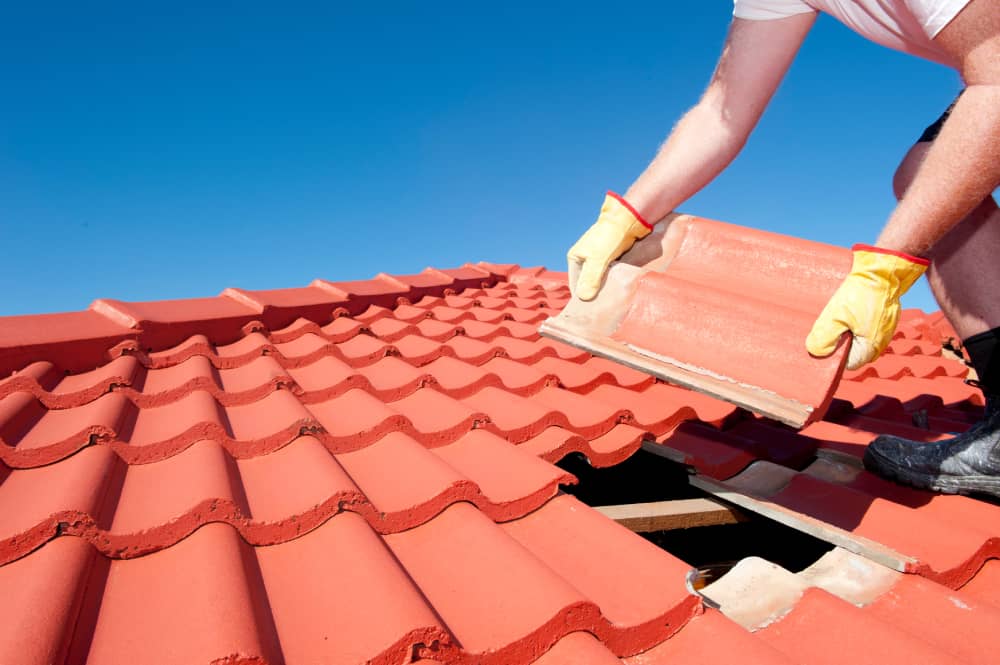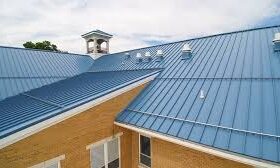Ways to Winterize a House: Knowing how to cool a home is essential in keeping your home warm and dry during the winter. It will also save you potentially costly and disastrous problems. Not only will winterizing a home show potential repairs, but we also call it a disaster. It can be a job – or series of jobs – you want to do as part of your list of eco home improvements.
When converting a home to winter, says Phil Wood, Country Manager at Contura, it’s always better to be safe than sorry. There’s nothing worse in the middle of winter than dealing with a leaking window, bad boiler, burst pipe, or broken stove. We naturally spend more time indoors during cold, wet weather and our homes need to be well equipped to see the winter in comfort.
Ways to Winterize a House
There are many things to love about fall: crunchy leaves, warm woolly jumpers, and roaring fires. However, it also brings wind, rain, and a significant drop in temperature. Before the season change, it is important to protect your home from winter so it is ready to face whatever the sky throws. Keep reading to know about ways to winterize a house.
Check The Roof
Checking the roof is important if you only take one step to cool the house. To do this, take the stairs exit or stand across the street or at the bottom of the park and assess the ceiling with binoculars. However, if you have more cause for concern, ask for a comprehensive examination to check the ceiling.
Good roof maintenance is important for protecting building fabrics from water damage. All blackboards or tiles, and debris blocking the valley and roof valley, will bring disaster, said Roger Hunt, author of The Old House Handbook. When checking your roof, make sure all the tiles are in place—just pay attention to the missing ones; Check pieces and intersections to make sure there are no places for water to enter; For roof debris, look at the ground, check in damp areas, lighting or scaffolding for damaged tiles.
The roof should be repaired immediately by an experienced roofer. Do not use liquid spray foam or waterproofing such as rapid repair; Roger said they could trap moisture, block reforms, and are likely to prevent the reuse of materials in the future. It is also important for you to remove moss and leaves from the roof as this will hold water, causing dampness and decay. If you want to enhance your roof, it is best to do it in the summer when you can be more confident about dry weather and ensure that you choose the right roof tiles for the job. In the meantime, fixing upcoming problems will provide a nice temporary solution.
Assess Your Chimney
When checking your roof, take a few minutes to assess the health of your chimney. The chimney is a vulnerable part of the house, exposed to snow, ice, and strong winds from the roof. If you see problems, fix small cracks with a patch or 100 percent silicone caulk. However, if the difference is more prominent, you need professional help. It’s worth considering installing a chimney cap or cover as part of your efforts for a home that will reduce downdrafts and increase the efficiency of your stove.
Install a Chimney Flue Draft Excluder
Building Research Buildings has an open chimney to let the window open at any time. To minimize the impact, consider investing in a removable chimney draft exception, usually made of sheds or wool. Instead of a permanent chimney balloon, the flame is easily carried when the fire is needed, and the exception can be lodged in the neck of the chimney. Devices like this will block 94 percent of draft airflow, making your home warmer and more energy efficient—a great addition to your winter living room ideas.
Unblock Guttering And Drains
When you’ve taken the stairs and started down your way to home cooling, also make the most of the opportunity to clean your gutters and unlock your water channels—the release of leaves and debris from saturating the walls. The water and the exterior have to be removed to prevent that. In addition, clearings and roads check whether all gutters and downpipes are still in good condition. Dutch brushes are a good way to cool a home because they will stop debris from collecting in the first place.
Examine Your Exterior Walls
Materials used outdoors, winter or windy outside is no problem; everything is vulnerable to wet damage. Therefore, this must be considered part of your efforts to convert your home in winter. Look for signs of cracks, rot, or swelling—prompt the problem with temporary steps to prevent damage or water ingress. They can then be treated by a professional in hot weather.
Wet stone or uncomfortable cold cycles impacting the earth in cold weather can cause cracks, spalling and structural instability. The open parts are very vulnerable; the cornice includes the parapet, coping, and chimney. Damage can be reduced by controlling moisture. Avoid misplaced cement mortar and improper wall separation when they block breathing, recommends Douglas Kent and research director at Communities for the Safety of Technical Buildings, Antique.
Apply Water Repellant To Your Brickwork
One way to control moisture is to protect your wood, bricks, or stonework from rain. Product Director Building Kingfisher Gordon Ginger said heavy rain could wet a pair of bricks in two feet in 24 hours. If the outside of your home is submerged, it’s a good idea to repaint it with high-quality stone paint. If your home is a brick or colorless stonework, then using clear premium or cream class would be your best choice. Instead of the DIY option, choose one of the specialist producers that supply the damp proof industry, making sure your difficulty will be 100 percent breathing and mortar lime and bricks, stone, and wood will work. I hope you get all details related to Ways to Winterize a House.













